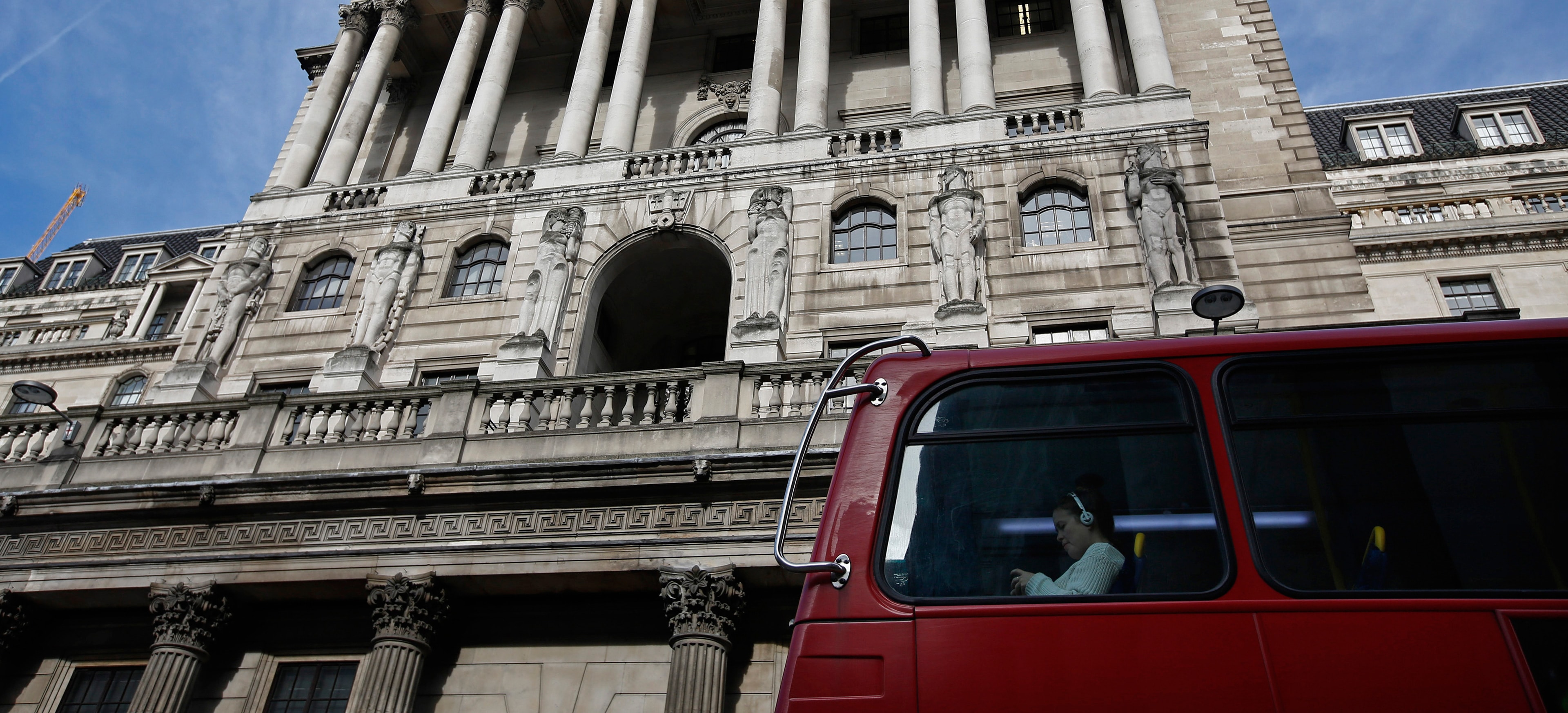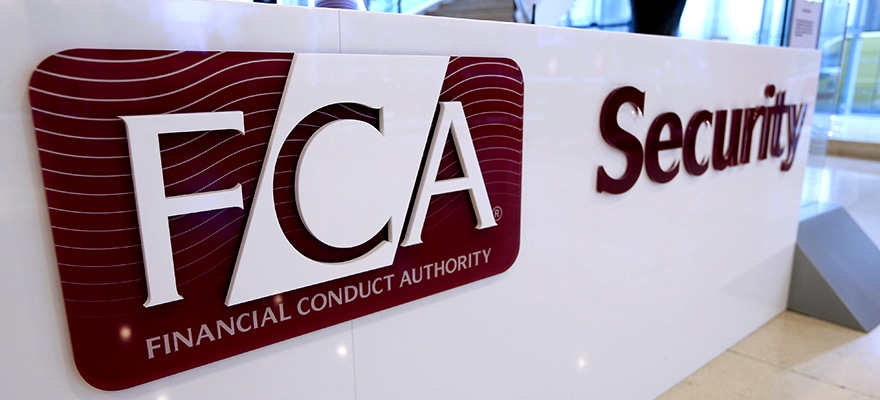The seven biggest banks in the UK have all passed the stress test administered by the Bank of England for the second year in a row, to gauge their preparedness in case of a financial crisis.
No need for new capital plan
None of the banks were found in need of a new capital plan under the scenario used in the test – crude oil at $38 a barrel and a slowing global economy, caused by a crash in China and other emerging markets. However, two of the seven, Standard Chartered and the Royal Bank of Scotland (RBS), were told by the central bank to take steps to improve their capital strength in order to be able to survive such a scenario.
RBS barely passes
The Bank of England noted that the Royal Bank of Scotland was particularly close to failing the test but added that it had used the participating lenders’ balance sheet as of the end of 2014. Since then, RBS has done well for itself, shoring up its finances and eventually stabilizing its balance sheet. It was this progress that discouraged the test administrator from excluding the bank from the pass grade.
Scenario included $38 oil and an emerging market crash
Standard Chartered, on the other hand, does most of its business in emerging markets, which made it particularly vulnerable to the scenario used – it missed its Tier 1 capital ratio target of 6%. Yet the bank had already taken steps to fix this shortcoming by issuing $5.1 billion worth of new shares to boost its Tier 1 ratio.
Tier 1 ratio of 4.5% sufficient
In the 2015 edition, the Bank of England tested the banks on the basis of a common equity Tier 1 ratio of 4.5% of risk-weighted assets, plus a 3% additional Leverage ratio threshold. The participants included Barclays, HSBC, Lloyds, Nationwide, and Santander UK, RBS, and Standard Chartered.
CCB: the next challenge
Good as the results may seem, the Bank of England did not miss the chance to tell the country’s biggest lenders to set aside more capital. This advice is linked to a new initiative undertaken by the central bank aiming to strengthen banks’ resilience further against cyclical events, hence the name “countercyclical capital buffer.” The CCB is one more element of the Basel III framework for comprehensive global banking reform in the wake of the 2008 financial crisis.

















